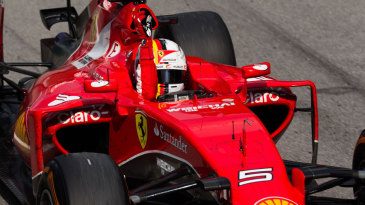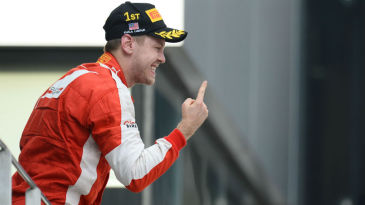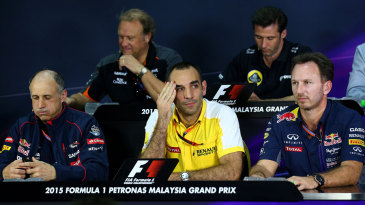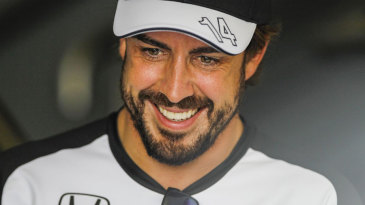- Team founded 1972
- Principal Lord Hesketh
- Technical Director Harvey Postlethwaite
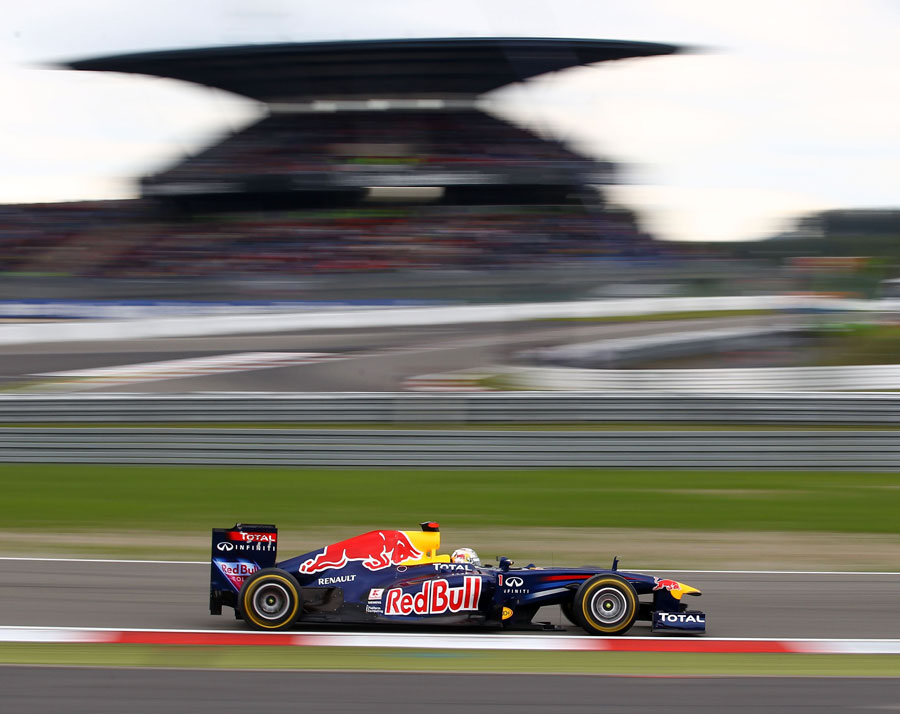
| Year | Engine | Driver | Race | Start | Won | Pod | Class | Best | 1+2 | Pole | Front | Best | Lap | Pts | Pos | ||||
|---|---|---|---|---|---|---|---|---|---|---|---|---|---|---|---|---|---|---|---|
| 1974 | Ford | J Hunt, I Scheckter | 13 | 13 | 0 | 3 | 5 | 3 | 0 | 0 | 1 | 2 | 0 | 15 | 6 | ||||
| 1975 | Ford | H Ertl, J Hunt, A Jones, RB Lunger, T Palm | 14 | 25 | 1 | 4 | 14 | 1 | 0 | 0 | 1 | 2 | 1 | 33 | 4 | ||||
| 1976 | Ford | GRG Edwards, H Ertl, AD Ribeiro, R Stommelen | 12 | 17 | 0 | 0 | 11 | 7 | 0 | 0 | 0 | 19 | 0 | 0 | - | ||||
| 1977 | Ford | I Ashley, H Ertl, R Keegan, HA Rebaque | 12 | 17 | 0 | 0 | 9 | 7 | 0 | 0 | 0 | 13 | 0 | 0 | - | ||||
| 1978 | Ford | EM Cheever, DP Daly, DM Galica | 1 | 1 | 0 | 0 | 0 | - | 0 | 0 | 0 | 25 | 0 | 0 | - | ||||
| Total | 52 | 73 | 1 | 7 | 39 | 1 | 0 | 0 | 2 | 2 | 1 |
| Race | Circuit | Date | ||
|---|---|---|---|---|
| First race | South African Grand Prix | Kyalami | March 30, 1974 | Race results |
| Last race | Belgian Grand Prix | Zolder | May 21, 1978 | Race results |
The eccentric Englishman Lord Hesketh met up with Anthony 'Bubbles' Horsley, and the pair entered various Formula Three events around Europe in 1972, with the mission objective simply to have as much fun as possible. Unsurprisingly, given Horsley's lack of experience, results were thin on the ground.
Hesketh then met up with James Hunt, who had a reputation for being very fast, but also for writing off cars, and at the time was unemployed. Hesketh took on Hunt as one of his drivers for F3.
The Hesketh team had a growing reputation for their playboy style, arriving at races in Rolls-Royce cars, drinking champagne regardless of their results, and checking the entire team into five-star hotels.
By the middle of the season Hunt and "Bubbles" had written off both Formula Three cars. Horsley decided to leave the cockpit, switching to the team management. Hesketh rented aFormula Two March for the rest of 1972, and bought Hunt a Surtees Formula Two car for 1973. Hunt then promptly wrote the car off at the Pau Grand Prix, and in typical style, Hesketh worked out the cost involved in competing in the top flight was hardly more expensive than F2, he decided to move the team up to Formula One.
Hesketh rented a Surtees TS9 for the non-championship Race of Champions at Brands Hatch, with Hunt finishing 3rd. This success led to the purchase of a March 731, with Hesketh also signing junior March designer Harvey Postlethwaite to modify the chassis, working from Hesketh'sEaston Neston estate. The car made its first appearance at the 1973 Monaco Grand Prix, where Hunt ran 6th before the engine failed. He would score a point at the team's next entry, the French Grand Prix, improve to 4th for the British Grand Prix, then 3rd for the Dutch Grand Prix. He then took a superb 2nd place in the season-closing United States Grand Prix.
1974 saw Postlethwaite design an all-new car for the team, the Hesketh 308, which was ready for the Silverstone International Trophy, which Hunt promptly won, making its Championship debut at the Spanish Grand Prix. The car was good, taking three third places at the Swedish Grand Prix, the Austrian Grand Prix and the United States Grand Prix. For 1975, examples for the 308 were sold to Harry Stiller Racing and Polar Caravans, while the 308 was modified for Hunt. At the same time, Horsley was developing into an extremely efficient and competent team manager and under his guidance, the team moved forward.
Hunt took a hugely popular win in the wet/dry 1975 Dutch Grand Prix, holding off Niki Lauda's dominant Ferrari, and also led at the British Grand Prix and the Austrian Grand Prix, taking several placings on his way to 4th overall.
However, early in 1976 Hunt was offered the lead drive at McLaren, replacing Emerson Fittipaldi, and left the team. Lord Hesketh was running low on money, having raced without sponsorship, and decided to call it a day. However, the Hesketh name would live on in Formula One, admittedly in less glamorous circumstances. Firstly, Postlethwaite took his upgraded 308C design to Wolf. Secondly, Horsley would upgrade the 308 to the 308D and continue as Hesketh Racing. Harald Ertl signed to drive the car, with the team's image landing Penthouse Magazine and Rizla as sponsors, with Guy Edwards joining in a second car from the Belgian Grand Prix, with Alex Ribeiro bringing in some funds later in the year. Ertl's 7th place at the British Grand Prix was the team's best result of the year.
Frank Dernie designed the new 308E chassis for the 1977 season, withRupert Keegan driving alongside Ertl. Later in the season a third car was entered for Hector Rebaque, with Horsley simply trying to bring in money to the team. Ertl would leave, to be replaced by Ian Ashley, but by now Keegan's was the only entry that usually made it to the grid, and his 7th place at the Austrian Grand Prixwould be the team's best finish of the year.
1978 saw the team slimmed down to a single car, with backing from Olympus Cameras. The car itself was barely upgraded, and Divina Galica unsurprisingly failed to qualify for the first two races. Eddie Cheever then managed to get into the South African Grand Prix, retiring with a fractured oil line. Derek Daly was the next to try the car, and at the wet International Trophy at Silverstone on his debut diced for the lead with James Hunt's McLaren before a stone cracked his visor and ended his race. However, in World Championship events he failed to qualify for the next three races, after which the team folded.
Wikiepedia
- One record Schumacher doesn't hold ... (September 30, 2011)
- Back British Bears (January 23, 2011)
- Lauda wins as Regazzoni is criticised (October 5, 1975)
- Third enough for Lauda's first title (August 17, 1975)
- Brambilla takes maiden win in appalling conditions (August 17, 1975)
